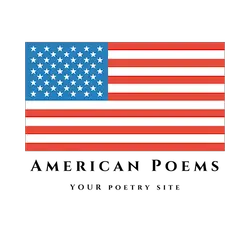I HAVE been watching the war map slammed up for
advertising in front of the newspaper office.
Buttons–red and yellow buttons–blue and black buttons–
are shoved back and forth across the map.
A laughing young man, sunny with freckles,
Climbs a ladder, yells a joke to somebody in the crowd,
And then fixes a yellow button one inch west
And follows the yellow button with a black button one
inch west.
(Ten thousand men and boys twist on their bodies in
a red soak along a river edge,
Gasping of wounds, calling for water, some rattling
death in their throats.)
Who would guess what it cost to move two buttons one
inch on the war map here in front of the newspaper
office where the freckle-faced young man is laughing
to us?

I read buttons, and it is clear that the buttons indicate soldiers, but from what conflict I wondered. Being an American and egocentric, I automatically assumed that it must have been an American conflict, however, I discovered that in 1904-1905 there was a war between Russia and japan, and theoretically, the colors of the buttons would be an era-appropriate representation of these countries. Sandburg was a member of the socialist party at that time, so it seems appropriate that, although he was not a member of the nations in the conflict, he possibly was interested in the expansion of the communist party.
Some posters have suggested this poem was published in 1905 and has nothing to do with the First World War. They are absolutely incorrect. Sandburg only began publishing in 1916, and this poem is from his Chicago Poems (his first collection), explicitly titled “War Poems, 1914-1915.” It is quite obviously a poem about the suffering inflicted upon nameless soldiers who are represented on a news bulletin as a meaningless blob that has more to do with military objectives than the reality of warfare.
The poem was published in 1905, years before the start of the Great War. So it obviously has nothing to do with a war that hadn’t happened yet. It would appear to be a much more general critique of wars in general and a discontinuity between people fighting a war and people “supporting” a war.
The buttons have more to do with there not being an understanding of war at home, where people have never experienced its horrors. The freckled face boy is making fun of those dyeing soldiers, because if the buttons are moved one inch west, then it means the allied advanced was beaten back, and the Americans lost land. This poem talks about that lack of understanding, and the glorified aspects of war before the peace movement and Vietnam.(Though the grisly aspects were more understood then say, at the beginning of WWI)
the buttons in this poem symbolize how the high authorities are greedy for land and measure success on how much land they have gotten victory over and not how many lives it has costed them
This Poem criticeses the high Authorithies in the first world war, and it is right to do so.